Addicts say they are trapped in a vicious cycle of dependence
TUCSON – They pawned their wedding rings, lost their house and nearly walked away from their marriage. For almost a decade, their world revolved around prescription pills and, later, heroin.
He stopped working. Her depression spiraled. Their lives narrowed to one purpose: staving off the sickness that sets in during opioid withdrawal.
The addiction morphed into an uncontrollable obsession, starting with Brian Parker’s motorcycle accident in 2007. The father of four suffered nerve damage after he was T-boned at a Tucson intersection. Trying to hold onto his job as a welder, Parker said he could not go a day without the morphine and oxycodone doctors prescribed him. His wife, Jamie Dutton, was having headaches, so she started taking pills, too.
“Every day I woke up, I was sick, so before you even get out of bed, you’re looking for your pill bottle,” Dutton said. “And it’s a vicious cycle. You’re afraid to even leave the house without looking to see if you have enough medication. ... It’s a scary feeling.”
In Arizona, drug users say they are gripped by an almost-identical pattern of drug addiction, which starts with a pill bottle and ends with a needle.
Cronkite News conducted a four-month investigation into the rise of prescription opioid abuse in Arizona. In 2015, more than 2 million grams of oxycodone alone came into the state, the third-highest total per capita in the country.
Dozens of journalists at Arizona State University examined thousands of records and traveled across the state to interview addicts, law enforcement, public officials and health care experts. The goal: uncover the root of the epidemic, explain the ramifications and provide solutions.
Since 2010, more than 3,600 people have overdosed and died from opioids in Arizona. In 2015, the dead numbered 701 – the highest of any year before, according to an analysis by the Arizona Department of Health Services.
Every single addict Cronkite News interviewed said they never expected that popping legal pain medications would seduce them into an insatiable cycle of drug abuse. These addicts are young men who relapse fresh out of rehab in Prescott, women who leave their children behind in search of recovery and sons from close-knit families with mothers who, in their words, love them “almost” to death.
According to a 2016 report from the U.S. Surgeon General, 12.5 million people across the United States said they had misused prescription pain relievers in the past year.
“Abusing a prescription opioid is no different than putting heroin in your arm, in my opinion,” said Lt. James Scott, deputy commander of the Tucson Police Department’s Counter Narcotics Alliance. “They’re both opioids. You’re taking them for the wrong reason. It doesn’t matter that a doctor prescribed them to you, it doesn’t make it right.”
Related Story

Deaths from opioid abuse continue to mount
Dutton and Parker, together for almost 20 years, are in recovery. They have four children, two dogs and a turtle that crawls around the tile floor in their cramped house. They are tenants in their house – one in a long string of rentals they have lived in as addiction drained their bank accounts.
The pet turtle that wanders the tile floor first belonged to Dutton’s mother, who left it behind after she fatally overdosed on fentanyl and oxycodone in November 2010. Julia Barnett was a nurse. She rescued animals. She loved her children. She was also a drug addict.
One of her doctors was Robert Osborne, an anesthesiologist who prescribed her hundreds of pain pills. She freely shared those drugs with Dutton and her husband, as well as her 41-year-old son, who died of heroin and alcohol intoxication last year.
Four years after Barnett’s death, a federal grand jury in 2014 indicted Osborne for prescribing thousands of painkillers to patients across Tucson. Osborne pleaded not guilty to all the charges in the indictment, which included unlawful distribution and dispensing of a controlled substance, maintaining a drug-involved premises and health care fraud. That case is ongoing.
“It caused a whirlwind of addiction in my family,” Dutton said.
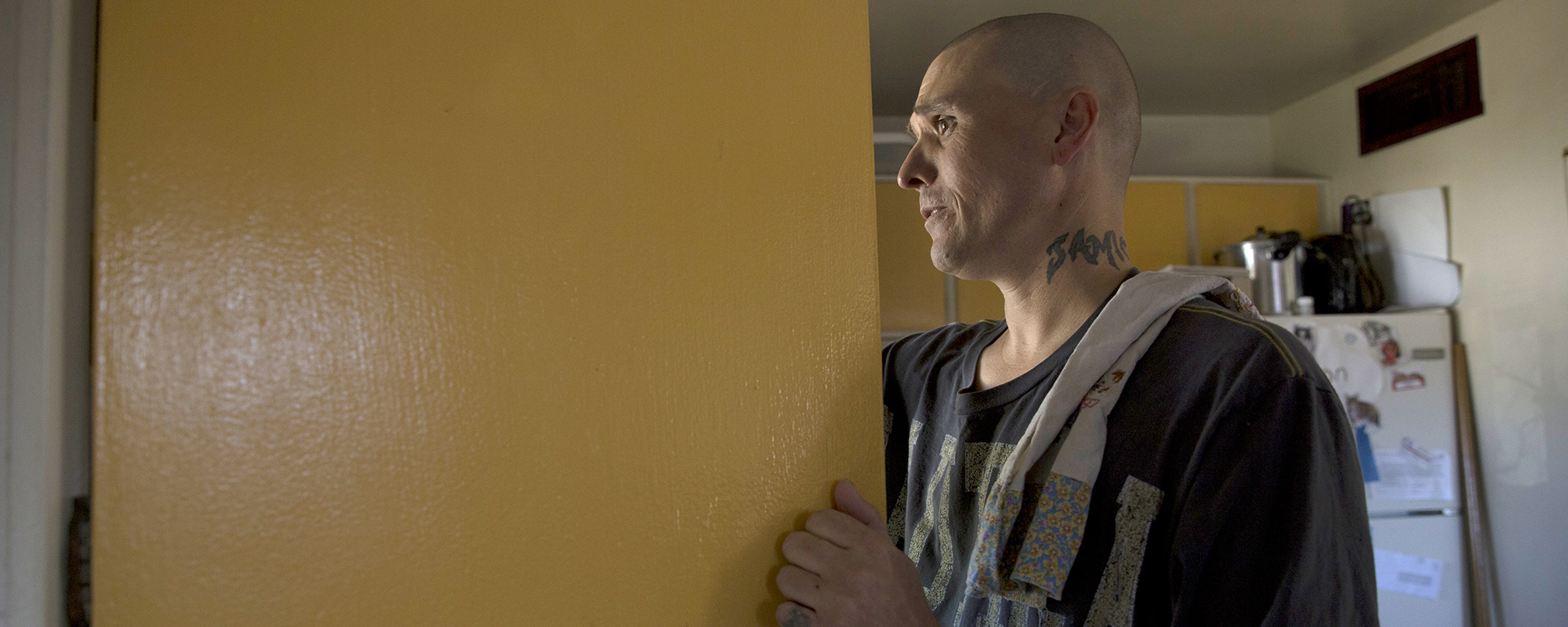
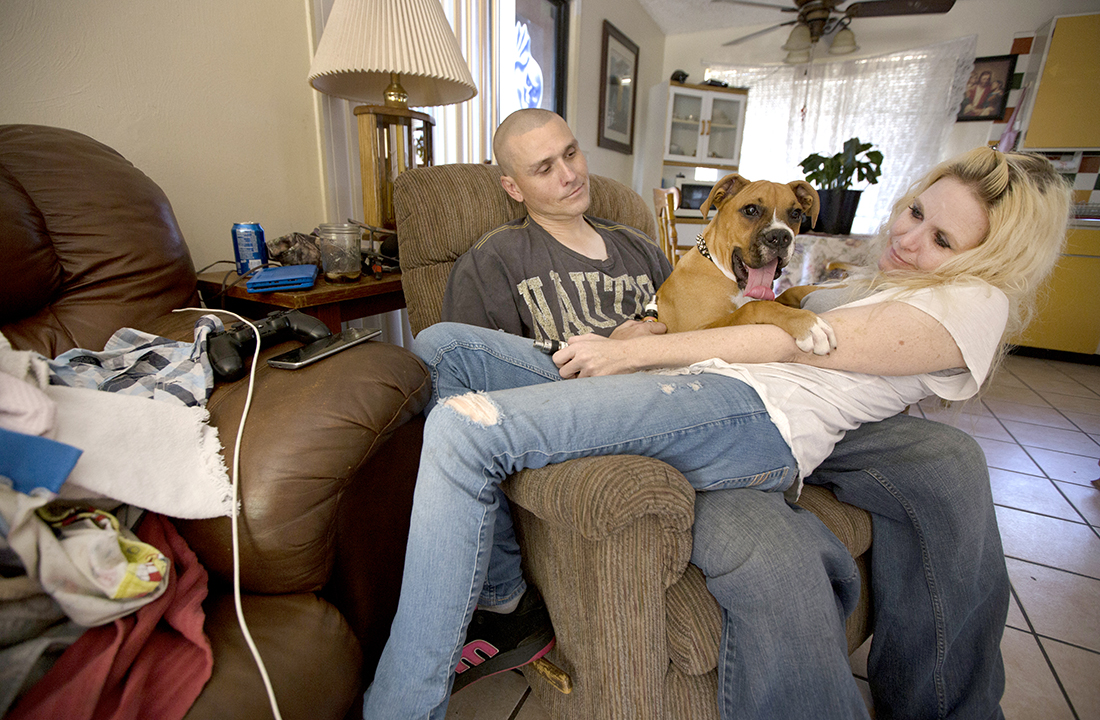
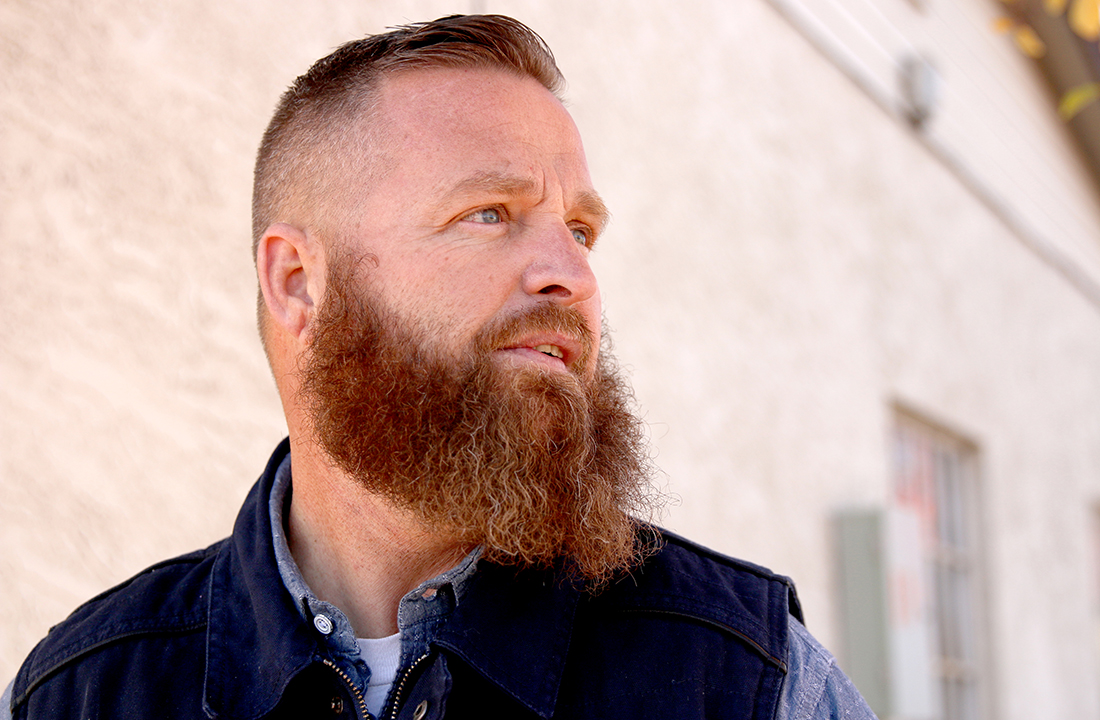
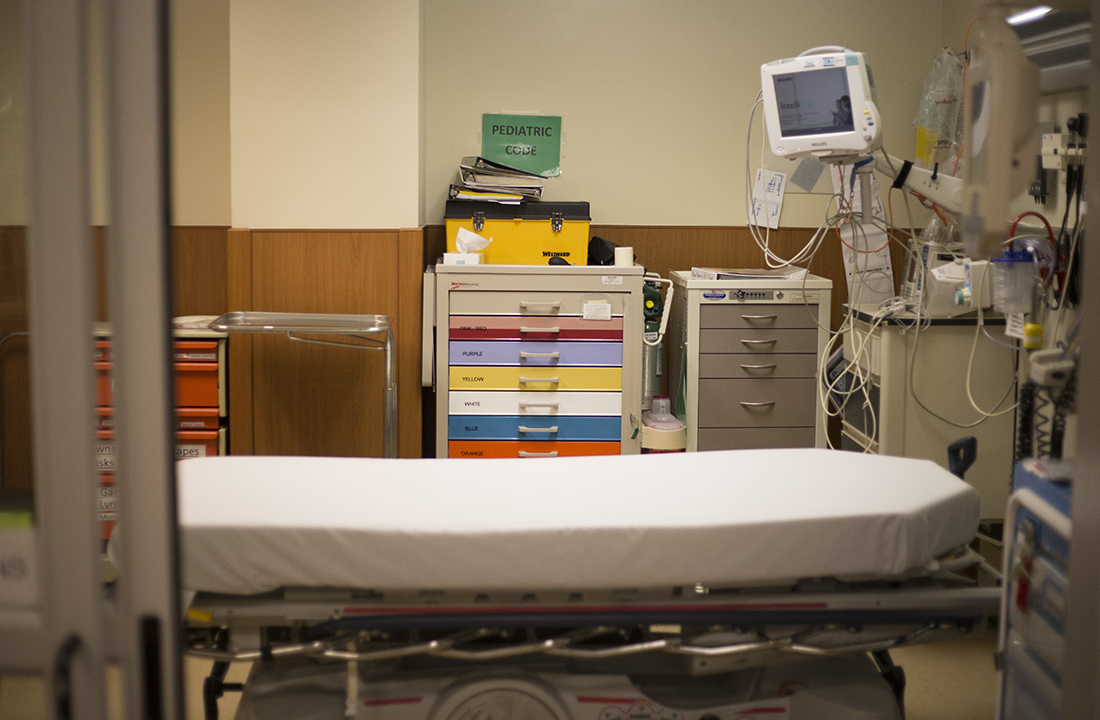
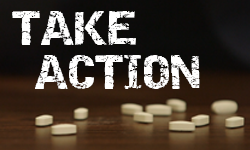
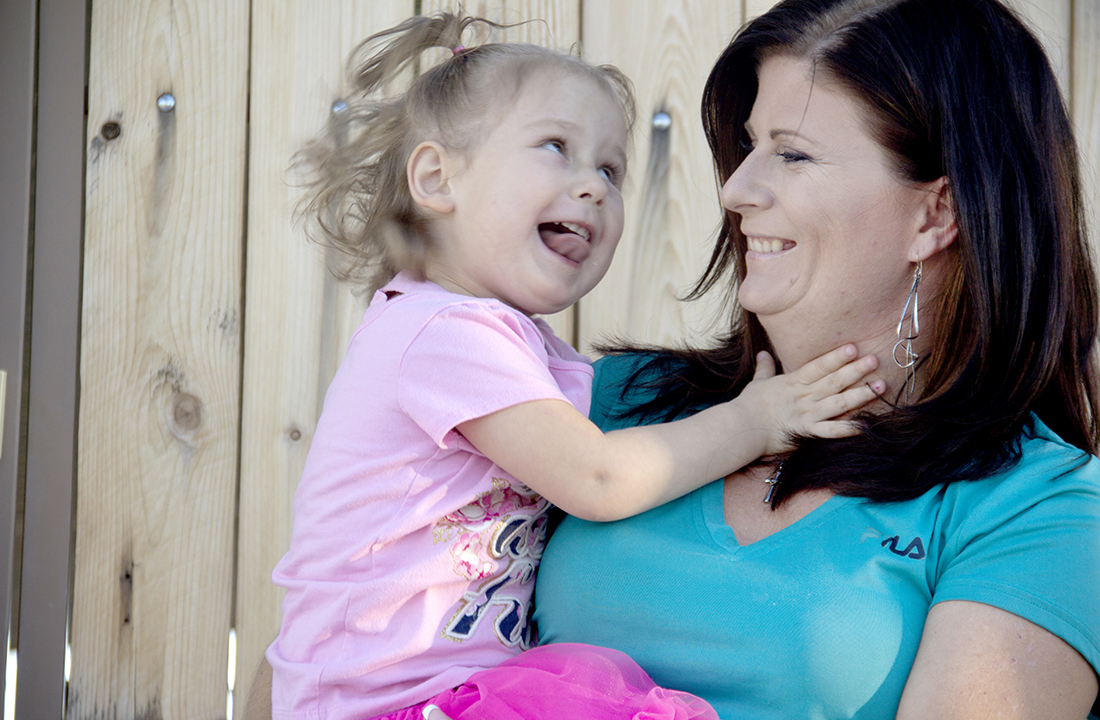
CONNECT WITH US
Connect with our reporters and editors through social media, or call or email an editor from our contacts page.
Sign up for daily headlines